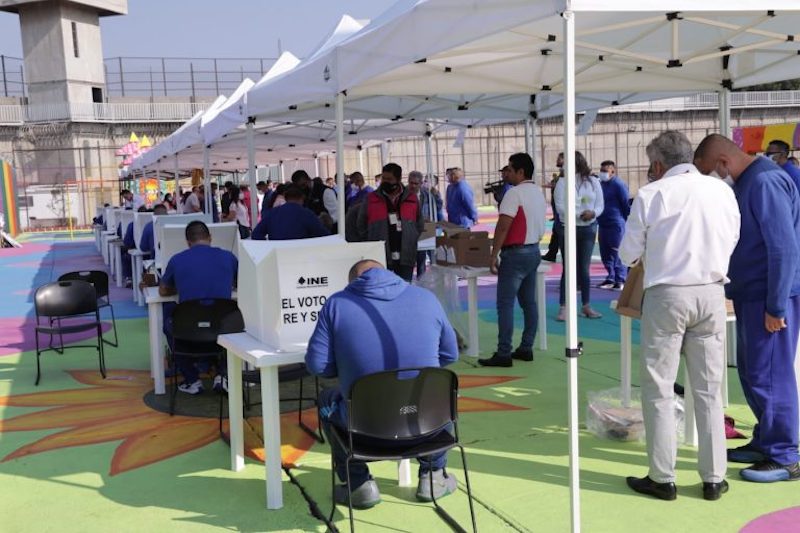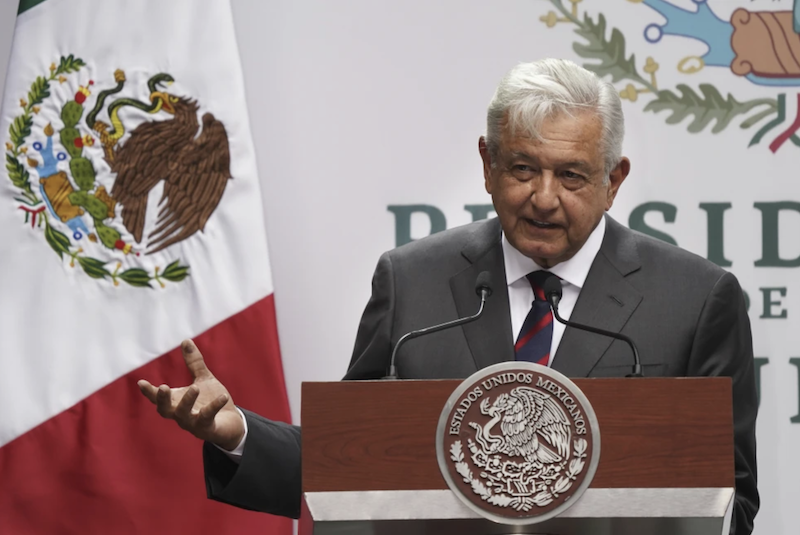11/27/11 – In a new surge of cartel violence, the city of Guadalajara was shocked last Wednesday when vans full of bodies were found in the center of the city. Local hotspot and cultural attraction Millennium Arches was abuzz with police activity when a circle of parked vans loaded with 26 corpses was discovered in the busy area, during the morning of November 23, 2011. The bodies were bound and gagged, peppered with bullets, and showed signs of strangulation. Most of the bodies had “Z”s or the words “Milenio Zetas” or “Millennium” written on them in oil, signifying an alleged alliance between the Zeta and Milenio cartel in the murders, said reports. Messages were left with the bodies, but not released to the press. This particular act of violence and the alleged claiming by the Zeta and Milenio cartel is an unprecedented attack on the Sinaloa cartel’s control of the Guadalajara area.
The Sinaloa cartel is considered to be the most powerful cartel in Mexico. Control of the Guadalajara area is very valuable to cartels as the routes that run through Guadalajara provide access to both Ciudad Juárez and Mexicali, both the ideal drug trafficking routes to the United States. Guadalajara is the gateway to the main highway running through western Mexico, including mega drug production state Michoacan, and continues north toward the Pacific Coast state of Sinaloa where the Sinaloa Cartel is based.

Just twenty four hours prior to the Guadalajara massacre, the state of Sinaloa reported 16 burnt bodies in the capital of Culiacan, and twelve corpses handcuffed with bulletproof vests stacked in the back of a truck.
The media storm behind the two incidents has fueled the argument that the Mexican government, particularly in the last year of the Calderón administration, is not taking the steps needed to crack down on the cartels. Mexican human rights activists have recently made international news for their petitioning of the International Criminal Court to investigate President Calderón and Sinaloa cartel boss, Joaquín “El Chapo” Guzmán.
Beyond the government criticism, fear and questions are being asked about the next steps to secure the once travel destination turned cartel battleground of Guadalajara and Acapulco. Much of the media coverage has speculated about the reasons behind the massacres and shifting of violence to once safe, tourist heavy areas.
Al Jazeera reported that the Guadalajara and Sinaloa massacres bore an “eerie” similarity to the September 20, 2011, dumping of 35 bodies on an expressway in the Gulf coast city of Veracruz, and are reporting that police are calling this incident “a revenge killing” for the 67 bodies found in Veracruz.
The Washington Post reported that Mexican law enforcement officials have remarked that the Zeta/Milenio alliance indicates the intent to seize the city from the Sinaloa cartel. Others speculate that this is an act of retaliation for the Veracruz incident. Samuel Logan, director of Southern Pulse, a risk analysis firm specializing in Latin American organized crime, was quoted by The Washington Post as stating, “The Mexican government has to react quickly and strongly, this could be the beginning of Guadalajara moving into a more insecure environment …”
The identities of 14 of the 26 men killed in Guadalajara were released November 25, with only two of the men holding criminal records. Most of the media assertions from the recent violence point to one direction, which is the uncertainty of where cartel action will appear next. Javier Oliva, a security analyst at Mexico’s National Autonomous University (UNAM) stated that “this weeks killings show that any Mexican city can be hit by violence related to organized crime, we are seeing a war between criminal groups that is extraordinarily violet and spreading to a broader area.”
Recent headlines support this claim, such as November 25 story of the city of Caracuaro in Michoacán, where the entire police force resigned after threats from cartels and an alleged attempt at kidnapping half of the force.
Interior Minister Alejandro Poiré, who was recently appointed following former Interior Minister Francisco Blake Mora’s death on November 11, released a statement announcing the federal government would investigate both of the Guadalajara and Sinaloa massacres to ensure “these crimes do not go unpunished”.
Sources:
“26 Bodies Dumped In Mass Slaying In Guadalajara.” NPR. November 25, 2011.
“Mexico police find 26 dead in gang killing.” Al Jazeera. November 25, 2011.





Pingback: Leader of La Resistencia Captured by Federal Police « Justice in Mexico